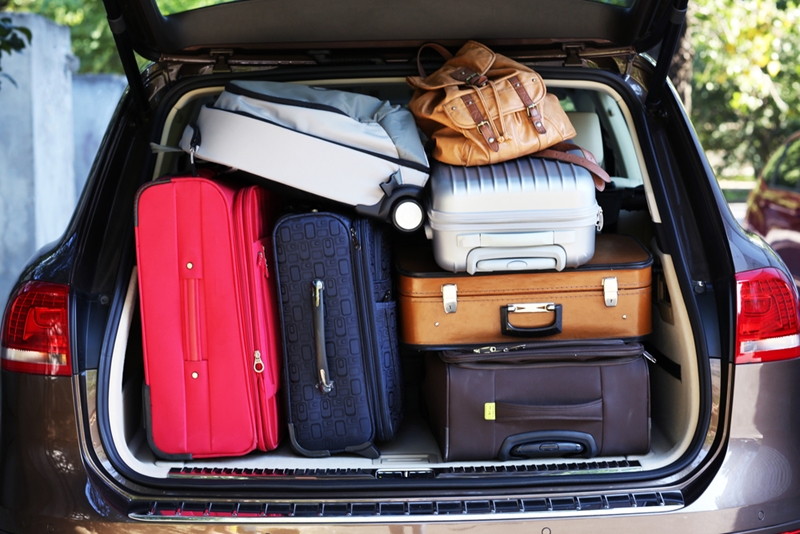
The vehicle identification number (VIN) is composed of 17 characters (digits and capital letters) that act as a unique identifier for the vehicle. A VIN displays the car's unique features, specifications and manufacturer.
The VIN can be found in a couple of places including on the car's registration label (1), on the compliance plate in the engine bay (2) or on the passenger side windshield (3), or on one of the door posts (where the door latches when it is closed) (4). See the image below:
Many Australians who were once small car lovers reach a point when they realise they need more space for their growing family. Though it can be hard to let go of that sporty two-door coupe, there are many benefits of upgrading for more space.
When thinking about what kind of car will be best for your family, consider how much you expect it to grow and the type of car that will best suit your family's needs. These considerations include the amenities that are important to you, the amount of passenger and cargo space you need and safety features.1
Here is some additional insight for when you are creating your pre-purchase checklist.

What kind of car will be best for my family?
If safety is one of your top concerns in a family vehicle, be sure to check safety ratings to find out which cars are going to keep your family secure. ANCAP has an easy feature on their website where you can search for any make and model to quickly see safety ratings.2
Space is also a big consideration. Vans can provide ample legroom and cargo space for luggage, but you may prefer the style that SUVs offer. There are also many sedans that can comfortably fit a family of four or five, and have a lot of boot space. A wagon is also a popular style for families, as these hatchback models have a lot of space in the back and plenty of room for a third seat, if necessary.
Also consider the interior amenities that you want for your family. Many vehicles now come with touch screens and LCD displays in the back seat so that your kids can be entertained during long drives. If you are not used to driving a bigger vehicle, accessories like a reverse camera can help give you peace of mind when trying to fit into parking spaces or pulling out of the driveway.
Make a list of the features and amenities that are most important to you and your family so you can bring your complete checklist with you to the dealership.
Used or new?
Value is another consideration when upgrading your vehicle. You will likely find a better deal on a used car, since new cars depreciate in value so quickly. As Trusted Choice reports, a new car loses about 11 per cent of its value as soon as you drive it off the lot.3
Larger cars like SUVs and vans are likely to cost more than small cars since they are a bit more powerful and spacious. So the extra money you'll save from buying used versus new will help you afford that larger payment.
How can I check the history of a used vehicle?
If you do end up buying a used car for your family, getting a full CarHistory report is a good idea.
CarHistory provides comprehensive information on the reported history of a used car you are interested in, even if it's previously been registered in a number of states and territories. You can view the vehicle's ANCAP safety and emission ratings in the report, in addition to a financial liability check to make sure there is no outstanding balance owed on the vehicle. If there is and you don't make the history check, the vehicle could be repossessed from you down the road.
Other important checks on the report include:
Before you buy a used family car, get the CarHistory report to check for any issues.
Your checklist

When looking for a used car for your growing family, your pre-purchase checklist should include:
Having your checklist in place helps ensure a smooth process once you start browsing models and test driving. Get in touch with CarHistory today for more information about used cars and the benefits of history reports.
Disclaimer: The information contained in this article is general in nature and does not take into account your personal objectives, financial situation or needs. Therefore, you should consider whether the information is appropriate to your circumstance before acting on it, and where appropriate, seek professional advice.
1. Allianz. What to look for when buying a family car. Accessed July 2018.
2. ANCAP. Safety ratings. Accessed July 2018.
3. Trusted Choice. Car depreciation: How much have you lost? Accessed July 2018.